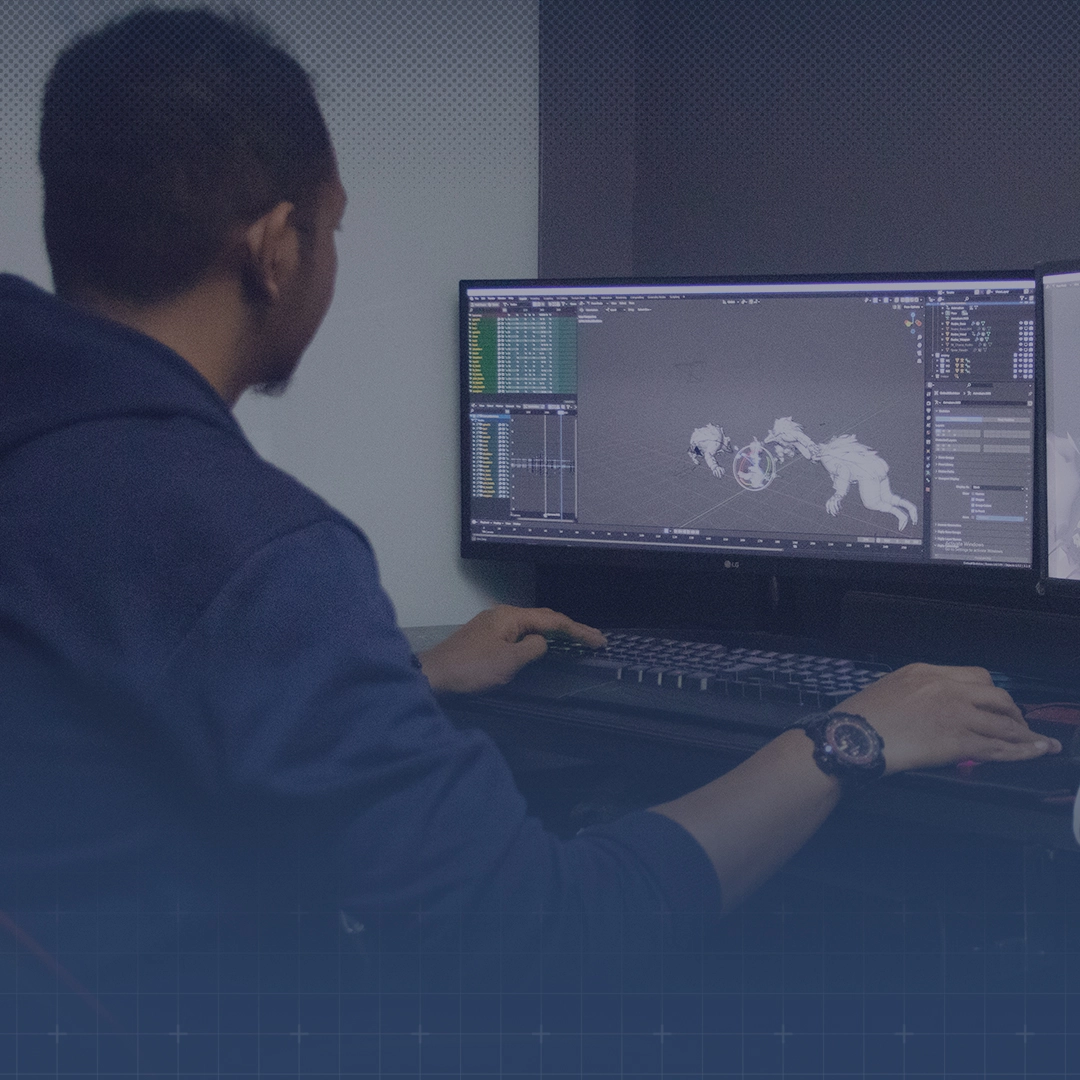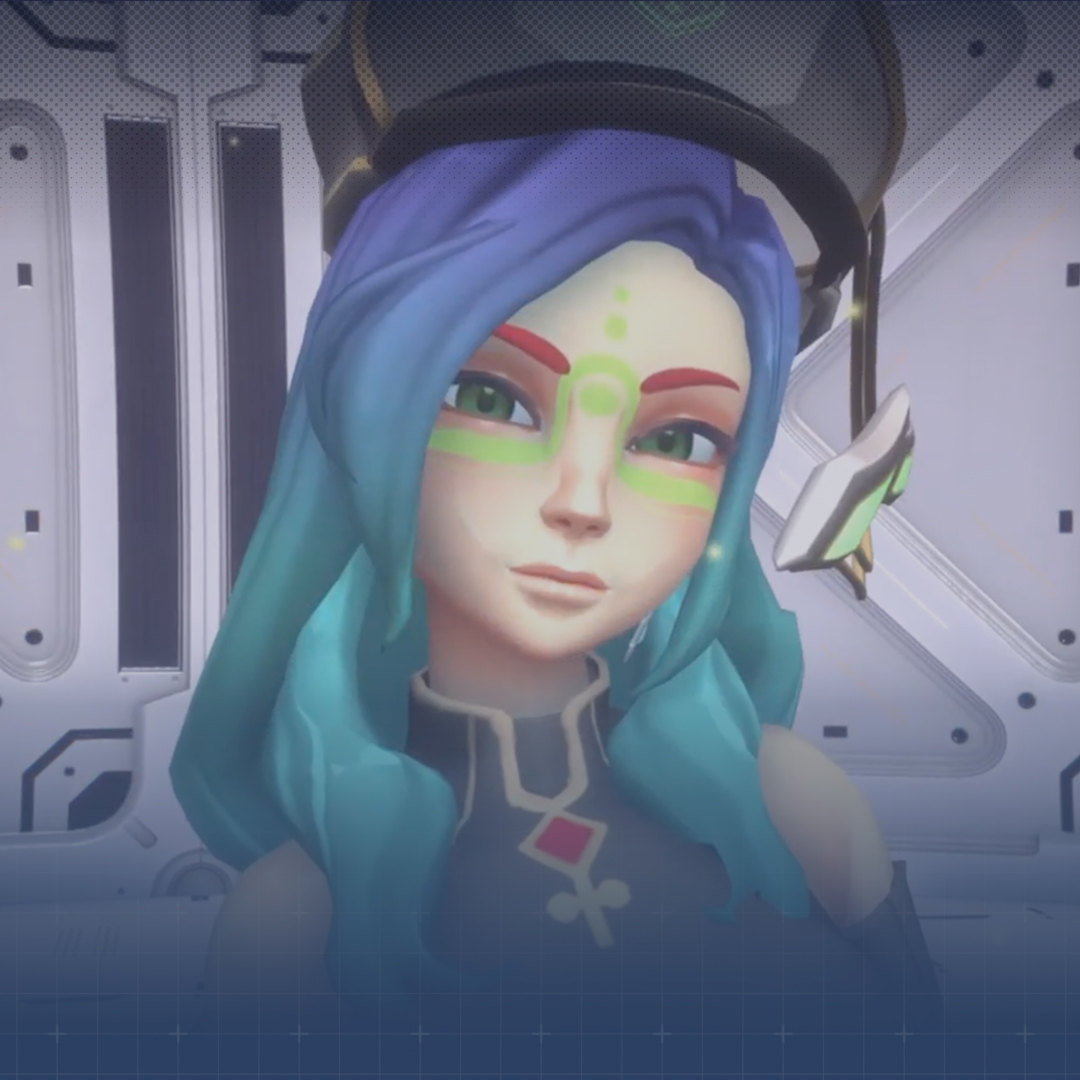Bringing Games to Life: The Process of Game Creation

Ever wonder how your favorite games are made? Or are you eager to create your own games? Well, look no further because we have got you covered! We’ll provide a thorough process of creating a game, from scratch to life! Let’s check it out! Note: The process may vary depending on the company and game type. Creation This is the starting point of game development. This phase aims to get many potential concepts by exploring the market opportunities, game premises, game system, and theme to decide whether the concept is feasible. In this phase, the Product Manager (PM) leads while working alongside the team. IdeationThe PM’s team comprises product marketers, market researchers, and designers. They’ll conduct a study to dive into the current market landscape and identify existing problems and opportunities. This means exploring various aspects such as game premises, player demands, industry trends, and themes to comprehensively understand the market. PitchA pitch contains a selection of ideas that have been developed in the previous stage of the project. The aim is to select the best ideas and concepts to be presented to directors and senior leadership. Feasibility StudyAfter the idea has been approved by Senior Leadership and Directors, the PM and the team can move on to the next step to estimate the game’s market potential and budget. Pre-production During this phase, the PM is still in charge of validating the game design from the initial concepts of user research and trials. The main focus is to prevent major changes in the next phase, so rapid prototyping and design iterations are emphasized. Game User Research (GUR)As part of the validation process, research on the target users ensures our game concept is on the right track. In this process, scientific principles are applied to understand the player and their psychology more. PrototypingA prototype is a basic version of a game that includes its core features. The main goal of developing a prototype is to test the core gameplay mechanics and interactions through playtesting. By starting with a simple prototype, developers can gradually refine and hone their game’s focus as they continue with the prototyping and testing stage. PlaytestingPlaytesting is a step in game development to validate assumptions, gather feedback, and identify flaws. Regular iteration and playtesting can identify design flaws, usability issues, or potential roadblocks. This enables developers to make necessary adjustments early on so the game product is well-received by its intended audience. It helps to create a more polished and successful gaming experience for players. Pre-Alpha ConceptingAfter collecting data from playtesting and previous stages of game development, the next step is to create an MVP (Minimum Viable Product/Pre-Alpha) concept. This concept serves as the initial documentation, including the game design, art, and technical design documents. The MVP concept can be sold and used as a reference during production, providing a clear roadmap for developers to follow. Previous Next MVP (Minimum Viable Product) – Valthirian Arc Hero School Story 2 Production During the production stage, the game producer takes on more responsibilities. This stage has several milestones: Pre-Alpha (MVP), Alpha, and Beta. Additionally, some game developers opt for a ‘Stealth Launch,’ releasing the game under a different name and publisher to get early metrics on the players’ response and determine if it’s suitable for release. Iterative production patterns are critical during this stage and should be emphasized throughout the development phase. Pre-AlphaThe next stage of game development, commonly known as First Playable, involves creating a vertical slice build that incorporates the prototype from the previous stage and follows the specifications outlined in the technical, art design, and game design documents. The goal of this build is to create a playable version of the game that includes all of the key features. AlphaIn the Alpha stage, the game has all major features and is playable, but only about half the content is complete. During this stage, the game’s core gameplay mechanics are set, but can still be revised based on feedback from testing. The Alpha build can be later used for a stealth launch. BetaBeta is the stage when all the important components are done, and the team focuses on fixing any remaining bugs. The main goal is to ensure the game is free of any bugs that could cause problems when it’s released. At the same time, the team is getting ready for the game’s launch by creating marketing plans and arrangements for live operations. Previous Next Vertical Slide – Valthirian Arc Hero School Story 2 Product Launch This is the phase where the game is officially released to the market, and it enters the introduction stage of its product life cycle. The development team puts extra effort to ensure the game is polished and ready for a wider audience, so they’re very strict quality assurance procedures to minimize any bugs. At the same time, the PM teams up with the marketing team to promote the game. https://youtu.be/aWb32Gw5cUs Previous Next Launch Trailer – Valthirian Arc: Hero School Story Live Ops This phase aims to maintain the game’s player community by keeping them engaged. An example is by offering regular updates and organizing events, which are decided based on user feedback and analytics. This phase is linked to the growth to maturity phase of the product life cycle, and it’s managed by the PM and the live ops team. Previous Next Live Ops – Memories Previous Next Early Access Update – Valthirian Arc Hero School Story 2 Sunset At some point during game development, the product manager might need to decide if they need to shut down all operations related to the game based on factors like revenue and user numbers. After reading about the step-by-step process of game creation, are you ready to join our adventure? Check out the vacancy list below! VACANCY LIST Position Department Contract Type Game Tester Intern Quality Contract Type : Internship Details Product Management Intern Product Manager Contract Type : Internship Details Business Development Marketing Sales & Operation Contract Type : Regular Crew
The Story of Agate’s Avatar

Introducing you Agate’s avatar, our R&D’s latest project consists of customizable avatar that transforms our vision into various features, art styles, and advance technology. The purpose is to create Agate’s own standard to innovate tools and techniques, research and validation, growth of improvement and learnings of new trend in the industry. The Design First layer of the process comes from the design dapartment. Their call is to ensure all features run smoothly by developing an enjoyable UI/UX along with suitable narrative concept and its limitation. ConceptingBehind a successful output, there is always a wide and powerful research. The purpose was to collect data and insight about what works better and how can we improve. After its done, we narrowed all the thoughts into specific concept of ideation and started to determine all the characters. Setting PrioritiesWhen the idea was settled, the call was to make suitable directions for the team to explore. Our team was required to prioritize the time, resources, and the beneficial impact to our user. To achieve this line, we forced every person involved to actively interact and effectively communicate with each other. As the first layer of the creation, there were several challenges await: in a very limited time, design department needed to create an avatar highlighting all features including the control of avatar appearance. To solve this limitation, our design department along with the tech and art department came up with solution to create preset for various parts, from facial to cloths. With those presets, player will have options of combination to costumize their avatar. The Art One of the important and significant roles in the making of Agate’s avatar comes from the Art Department: 3D Artist, Technical Artist, Concept Artist. Their call was to determine the character including style, concept, and model. We explored options, established visual style and created various approach. The goal was to create a direction and pipeline to fulfill the limitation and requirement. Our team used photoshop, blender, unity, and mixamo to bring the character into life. The chosen sci-fi theme was quite complicated and we were challenged to create it in a short period of time. Another challenge came from the tech art where they needed to make standard to accommodate the desired features and quality at its best. Previous Next The Tech Tech department was required to combine all the assets with an interface system to deliver a playable product where players can modify their avatar’s looks. The team needed to set up the customize feature based on utility and user preference. To run this idea perfectly, our team used Unity 2020.0.38ft as the main tool, specifically: Unity Timeline, Unity UGUI, Unity Animation System, and Skinned Mesh Renderer. Inside the idea of customizable avatar, our team created the design and system consist of various adjustable custom based on user preference. For example, player will have the control to pick their own color when using a slider. To create a comfortable experience for player to customize their avatar, our team has developed a very convenient and easy adjust system. Architecture Design Translating the mind concept from designer into system with all the mechanism was pretty much a challenge. To overcome the challenge, they separated those concepts into simpler based tasks as a system to change avatar’s looks. Product Manager & Producer The decision to validate whether the approach is correct or not was a call from our Product Manager. It took a tremendous amount of research and data to ensure the final result have met the expectation. At the same time, a Producer took part in ensuring all needs and requirements are effectively communicated and went perfectly according to its schedule. Previous Next Those are the men behind the creation of Agate’s avatar. Interested in taking a part? Head down to the vacancy list below and join our team! VACANCY LIST Position Department Contract Type Business Development Marketing Sales & Operation Contract Type : Regular Crew Details Finance Finance Contract Type : Internship Details Outsourcing Staff Studio Contract Type : Internship Details Art Director Art Contract Type : Regular Crew Details Load More

